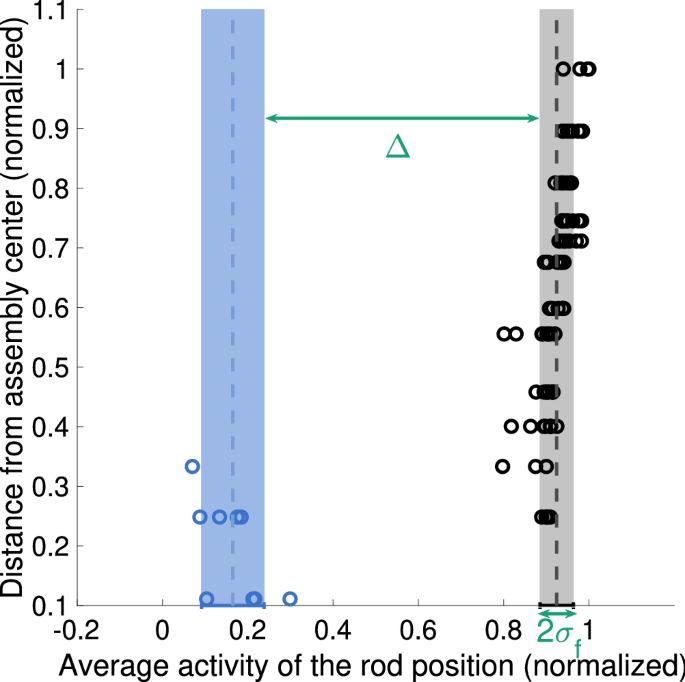- Select a language for the TTS:
- UK English Female
- UK English Male
- US English Female
- US English Male
- Australian Female
- Australian Male
- Language selected: (auto detect) - EN
Play all audios:
ABSTRACT TIDAL or estuarine regions have traditionally served as sinks for municipal sewage. Some microbial predators in the sea feed on the enteric bacteria contained in such sewage1.
Recently, the concentration of chlorinated hydrocarbons in the sea, especially in estuarine regions, has increased although it remains considerably below the concentration which directly
affects the viability of predators or intestional pathogens. But, estuarine chlorinated hydrocarbon concentrations are within a factor of 20 of those which we have observed to inhibit the
chemotactic response of marine bacteria2. Because bacterial predators are chemotactic specifically to exudates of their prey3, inhibition of chemotaxis by chlorinated hydrocarbons may
directly affect estuarine self-purification rates. We report here the impact of two chlorinated hydrocarbons, at concentrations observed to inhibit chemotaxis4, on enteric bacteria
predation. Access through your institution Buy or subscribe This is a preview of subscription content, access via your institution ACCESS OPTIONS Access through your institution Subscribe to
this journal Receive 51 print issues and online access $199.00 per year only $3.90 per issue Learn more Buy this article * Purchase on SpringerLink * Instant access to full article PDF Buy
now Prices may be subject to local taxes which are calculated during checkout ADDITIONAL ACCESS OPTIONS: * Log in * Learn about institutional subscriptions * Read our FAQs * Contact customer
support SIMILAR CONTENT BEING VIEWED BY OTHERS EFFECTS OF A BACTERIA-PRODUCED ALGICIDE ON NON-TARGET MARINE INVERTEBRATE SPECIES Article Open access 12 January 2021 EFFECT OF OCEAN
ACIDIFICATION ON THE GROWTH, RESPONSE AND HYDROCARBON DEGRADATION OF COCCOLITHOPHORE-BACTERIAL COMMUNITIES EXPOSED TO CRUDE OIL Article Open access 27 March 2023 TOP-DOWN CONTROL OF
PLANKTONIC CILIATES BY MICROCRUSTACEAN PREDATORS IS STRONGER IN LAKES THAN IN THE OCEAN Article Open access 22 June 2022 REFERENCES * Mitchell, R., _Nature_, 230, 257 (1971). Article ADS
CAS Google Scholar * Walsh, F., and Mitchell, R., in _The microbial degradation of oil pollutants_ (edit. by Meyers, S. P.) (Center for Wetland Resources, LSU–SG–73–01, 1973). Google
Scholar * Chet, I., Fogel, S., and Mitchell, R., _J. Bact._, 106, 863 (1971). CAS PubMed Google Scholar * Walsh, F., and Mitchell, R., _Bact. Proc._, _G_ 244, (1972). * Layman, J., and
Flemming, R. H., _J. Mar. Res._, 3 134 (1940). Google Scholar * Washko, M. E., and Rice, E. W., _Clin. Chem._, 7, 542 (1961). CAS PubMed Google Scholar Download references AUTHOR
INFORMATION AUTHORS AND AFFILIATIONS * Laboratory of Applied Microbiology, Division of Engineering and Applied Physics, Harvard University, Cambridge, Massachusetts, 02138 F. WALSH & R.
MITCHELL Authors * F. WALSH View author publications You can also search for this author inPubMed Google Scholar * R. MITCHELL View author publications You can also search for this author
inPubMed Google Scholar RIGHTS AND PERMISSIONS Reprints and permissions ABOUT THIS ARTICLE CITE THIS ARTICLE WALSH, F., MITCHELL, R. Inhibition of inter-microbial predation by chlorinated
hydrocarbons. _Nature_ 249, 673–674 (1974). https://doi.org/10.1038/249673a0 Download citation * Received: 28 December 1973 * Revised: 11 March 1974 * Issue Date: 14 June 1974 * DOI:
https://doi.org/10.1038/249673a0 SHARE THIS ARTICLE Anyone you share the following link with will be able to read this content: Get shareable link Sorry, a shareable link is not currently
available for this article. Copy to clipboard Provided by the Springer Nature SharedIt content-sharing initiative






